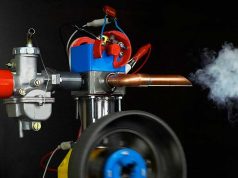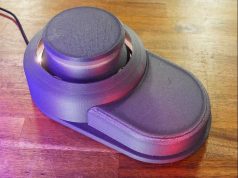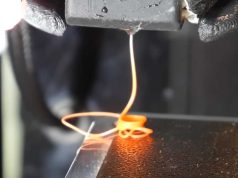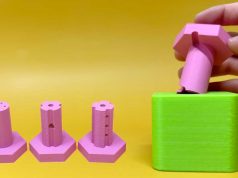In a new video, Slant 3D’s YouTube channel explains why rounded edges on the underside of 3D printed parts can be disadvantageous. They often lead to overhangs and deformations in the first layers.
According to Slant 3D, such rounding near the bottom results in overhanging layers that print deformed without a support structure. It is therefore advisable to dispense with such designs on the underside of the part or to replace them with chamfers.
The latter create the same look, but avoid the “overhang effect”, as the layers build directly on top of each other. The ideal angle of inclination is 30 degrees. Larger angles increased the risk of ring-shaped distortions due to “printing in air”.
Slant 3D cites storage compartments or lids, which are often rounded at the bottom, as an example. With his recommended bevel instead of rounding, these parts were given a cleaner print result without artifacts.
Overall, the video illustrates how even the 3D design model influences the subsequent printing process.
Subscribe to our Newsletter
3DPresso is a weekly newsletter that links to the most exciting global stories from the 3D printing and additive manufacturing industry.


























